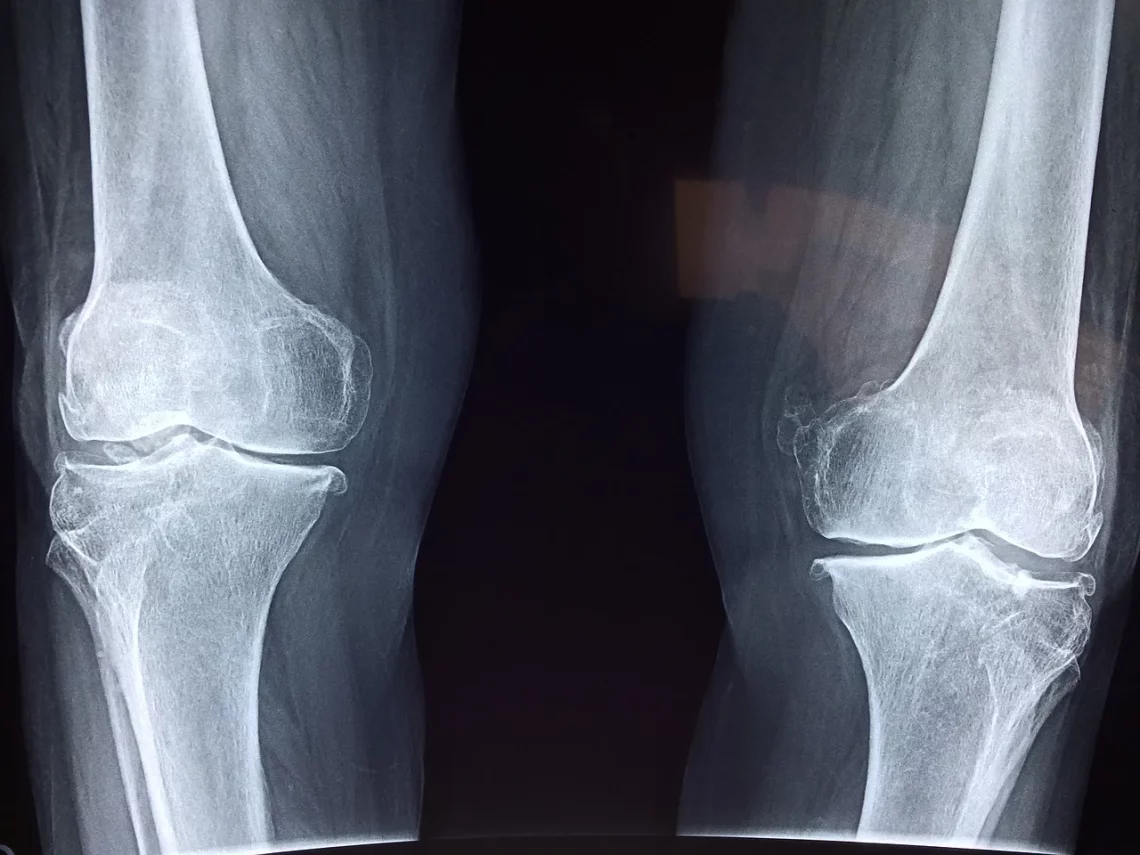
The Surprising Uses and Risks of Chicken Bones You Should Know
In many kitchens around the world, chicken is a staple ingredient, prized for its versatility and flavor. However, when it comes to chicken bones, opinions often diverge. While some view them as mere waste, others see potential in their usage beyond the dinner plate. The surprising reality is that chicken bones can be utilized in various ways, some of which may astonish even the most seasoned home cooks. From culinary applications to innovative crafts and even potential health risks, chicken bones hold a myriad of secrets waiting to be unveiled.
Yet, with this potential comes a degree of caution. Not all uses are safe, and understanding the implications of using chicken bones—whether for food preparation or other purposes—is essential. As you delve deeper into the world of chicken bones, you’ll find that while they can enrich your culinary endeavors or provide unique crafting opportunities, they may also pose risks if not handled or utilized properly. This exploration into the uses and potential dangers associated with chicken bones promises to illuminate a topic that often goes unnoticed in everyday cooking and creative projects.
Culinary Creations: Making the Most of Chicken Bones
One of the most common and beneficial uses for chicken bones is in the culinary realm, particularly in the creation of stocks and broths. Chicken bones, especially when roasted beforehand, can be the foundation of a rich, flavorful stock that serves as a base for soups, sauces, and various dishes. The process of making stock is quite simple and involves simmering chicken bones with water, vegetables, and seasonings over a low heat for several hours.
This slow cooking allows the flavors and nutrients to leach from the bones into the liquid, resulting in a nutrient-dense broth that is not only delicious but also beneficial for health. Homemade chicken stock is often richer in flavor than store-bought versions, and it doesn’t contain the preservatives or artificial flavors that can be found in commercial products. Additionally, making stock at home is an excellent way to reduce food waste, as it utilizes parts of the chicken that might otherwise be discarded.
In addition to stock, chicken bones can also be utilized in creating sauces. For instance, after roasting a chicken, the leftover bones and carcass can be used to infuse a sauce with deep, savory flavors. The process typically involves simmering the bones with the drippings from the roasting pan, which adds an additional layer of richness to the sauce. This technique is particularly popular in French cuisine, where sauces are often built upon the foundation of a well-made stock.
However, it’s crucial to ensure that the bones are properly cooked and handled to avoid any food safety issues. Consuming raw or improperly cooked chicken bones can lead to foodborne illnesses, making it essential to follow safe cooking practices.
Crafting with Chicken Bones: A Unique Approach
Beyond the kitchen, chicken bones can also inspire creativity in various crafting projects. Many artists and crafters have discovered that chicken bones can be transformed into unique pieces of art or functional items. From jewelry to decorative objects, the versatility of chicken bones can lead to intriguing creations that tell a story of sustainability and resourcefulness.
One popular crafting use for chicken bones is in the making of bone jewelry. By cleaning and sanitizing the bones, artists can carve them into intricate designs, turning what would typically be waste into wearable art. This practice not only showcases creativity but also emphasizes the importance of recycling and reusing materials that might otherwise be discarded.
Additionally, chicken bones can be used in the creation of unique home décor items. For example, some crafters use the bones in mixed media art projects, combining them with other recycled materials to create visually striking sculptures or wall hangings. The natural texture and color of the bones can add an organic feel to these art pieces, making them stand out in any setting.
However, when engaging in crafts that involve animal bones, it’s essential to prioritize hygiene and safety. Proper cleaning and sanitization methods must be employed to ensure that the bones are free from harmful bacteria. Crafting with chicken bones can be an eco-friendly and creative outlet, but it requires careful handling to avoid any health risks associated with using animal products.
Health Risks Associated with Consuming Chicken Bones
While there are numerous benefits to utilizing chicken bones in cooking and crafting, it’s equally important to acknowledge the potential health risks involved, particularly when it comes to consumption. Chicken bones, especially when cooked, can pose choking hazards or even lead to injury if not handled correctly.
One of the most significant risks associated with chicken bones is their tendency to splinter. When cooked, the bones can break into sharp pieces, which can cause serious harm to the digestive tract if ingested. This is particularly concerning for pets, as many pet owners mistakenly believe that it is safe to feed their animals chicken bones. In reality, veterinarians warn against this practice, as splintered bones can lead to choking, internal injuries, or blockages in the intestines.
Furthermore, even in human consumption, the risk of choking should not be underestimated. It is crucial for individuals to be aware of the type of chicken bones they are using and to ensure that they are properly cooked and prepared. For instance, while bones can be used to create a flavorful broth, consuming the cooked bones themselves is not advisable. Instead, the focus should be on extracting the flavors and nutrients from the bones while discarding them after the cooking process.
Lastly, individuals with certain health conditions or dietary restrictions should exercise caution when consuming homemade stocks or broths. If you have specific health concerns or dietary needs, consulting a healthcare professional before incorporating chicken-based products into your diet is always a prudent choice.
*Disclaimer: This article is not a substitute for medical advice. Always consult with a qualified healthcare provider regarding any health issues or dietary changes.*
In conclusion, chicken bones present a fascinating duality of uses and risks. While they are often overlooked as mere waste, their potential in culinary applications and crafting is undeniable. Yet, with this potential comes the responsibility to handle and use them safely. By understanding both the benefits and the risks associated with chicken bones, you can make informed decisions that enhance your cooking and creativity while prioritizing safety.




